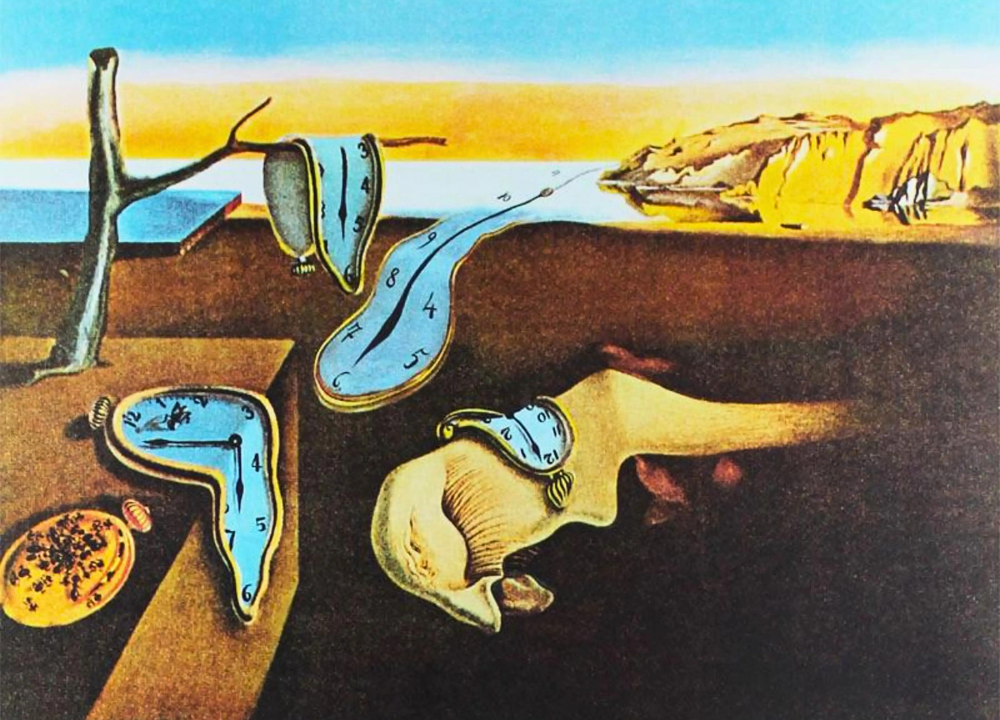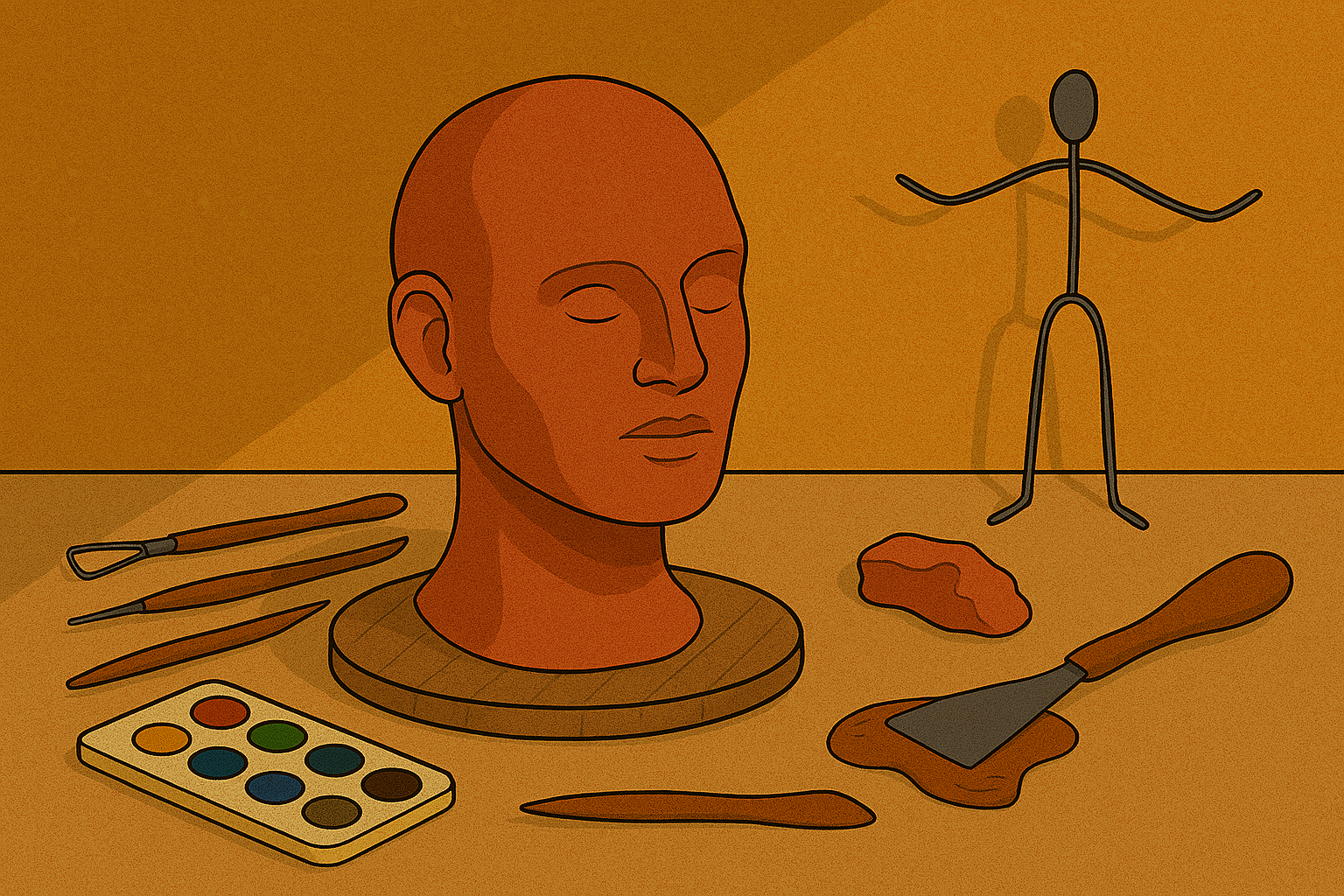Drawing is often seen as a purely visual practice, but journaling can transform the way artists approach their craft. By combining words, sketches, reflections, and observations, journaling becomes a powerful tool for improving technique, creativity, and confidence.
Understanding the Connection Between Journaling and Drawing
Journaling is more than writing—it’s a structured way to capture ideas, emotions, and observations. When paired with drawing, it creates a feedback loop: words inspire visuals, and visuals inspire words. This dual practice strengthens memory, enhances creativity, and provides a safe space to experiment.
Tracking Your Artistic Progress Over Time
Progress in drawing can be subtle and hard to measure. Journaling provides a timeline that makes improvement visible.
- Record dates and themes for each sketch.
- Note challenges faced during practice.
- Compare old entries with new ones to see growth.
- Identify recurring motifs or stylistic changes.
- Celebrate milestones like mastering shading or perspective.
This documentation builds confidence. When artists feel stuck, looking back at journals reminds them how far they’ve come, reinforcing persistence and motivation.
Enhancing Creativity Through Art Journaling
Creativity thrives in environments where experimentation is safe. Journals provide that space, free from external judgment.
- Mix text with doodles, diagrams, or collages.
- Use prompts like “draw what you feel today.”
- Experiment with different media—ink, watercolor, or digital sketches.
- Write down spontaneous ideas before they fade.
- Combine unrelated concepts to spark innovation.
By treating journals as playgrounds, artists unlock new ideas and break through creative blocks, turning routine practice into imaginative exploration.
Building Observation and Attention to Detail
Observation is the cornerstone of good drawing. Journaling sharpens this skill by encouraging artists to slow down and notice.
- Write descriptive notes about textures, colors, and shapes.
- Sketch everyday objects with accompanying written reflections.
- Record emotions tied to visual experiences.
- Practice mindful observation during walks or outings.
- Annotate sketches with details about light, shadow, or perspective.
This dual practice trains both eye and mind, resulting in drawings that capture subtleties and feel more authentic.
Developing Emotional Expression in Drawing
Art is not only technical—it’s emotional. Journaling bridges feelings and visuals, making drawings more expressive.
- Write about moods before sketching.
- Pair journal entries with symbolic drawings.
- Explore themes like joy, sadness, or curiosity.
- Use colors to reflect emotions described in writing.
- Document personal experiences that inspire artwork.
This integration deepens storytelling in art. Drawings become more than images—they become emotional narratives that resonate with viewers.
Using Journals for Skill‑Building Exercises
Journals can double as structured practice books, guiding artists through exercises that build technique.
- Set daily sketch challenges (hands, faces, landscapes).
- Record reflections after each exercise.
- Track progress in mastering shading or perspective.
- Create lists of skills to improve.
- Use journals to plan long‑term artistic goals.
This intentional practice accelerates learning. By combining exercises with written notes, artists reinforce lessons and stay accountable to their growth.
Tools and Techniques for Effective Art Journaling
The right tools make journaling enjoyable and sustainable. Choosing materials that suit personal style encourages consistency.
- Sturdy sketchbooks with thick paper for mixed media.
- Pens, pencils, and markers for varied effects.
- Watercolors or pastels for expressive color work.
- Digital apps for artists who prefer tablets.
- Sticky notes or inserts for flexible organization.
Experimenting with tools keeps journaling fresh. Artists can adapt techniques to match their evolving style, ensuring the journal remains a dynamic creative companion.
Practical Steps to Begin Journaling for Drawing Improvement
Starting an art journal doesn’t require perfection—just consistency and curiosity.
- Begin with simple prompts like “What did I notice today?”
- Pair short reflections with quick sketches.
- Expand entries into themed pages over time.
- Set aside regular journaling sessions.
- Treat mistakes as part of the creative process.
The key is to start small and build gradually. Over weeks and months, journaling becomes a habit that strengthens both technical skills and creative confidence.
Final Thoughts
Journaling is more than a diary—it’s a powerful tool for artistic growth. By combining words and sketches, artists document progress, sharpen observation, and deepen emotional expression. Over time, this practice transforms drawing from a technical skill into a holistic journey of creativity and reflection. Whether through traditional sketchbooks or digital platforms, journaling offers a pathway to becoming not just a better artist, but a more thoughtful and resilient one.




